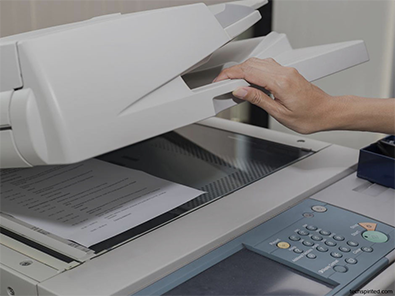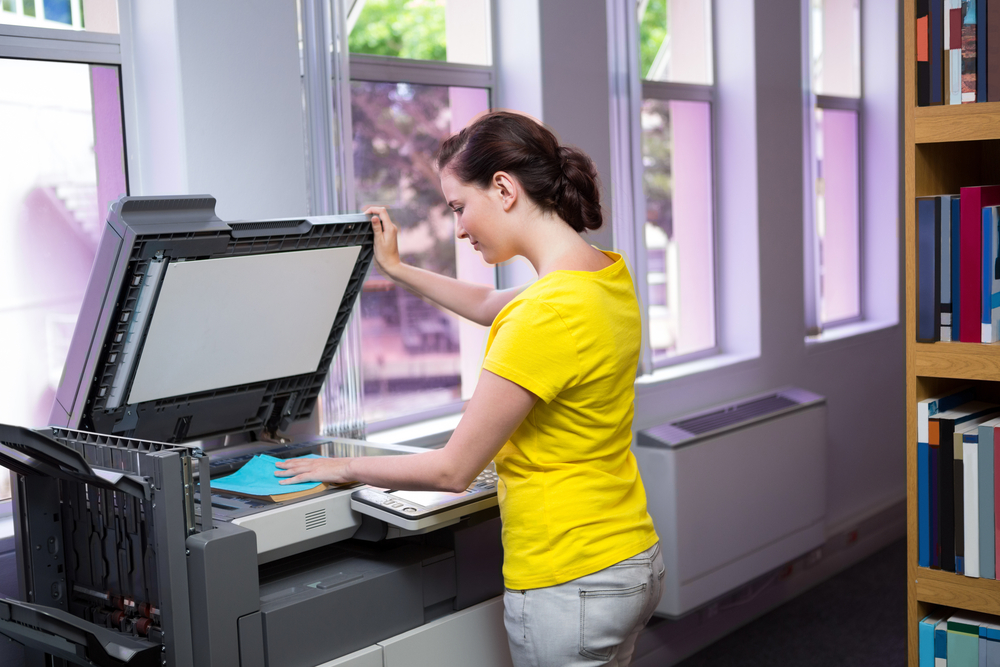
Industrialization is an achievement of humanity. The people of the past have once dreamed of putting ease into life. The development has been progressive throughout the years.
New knowledge seemed to have corrected and surpassed the old. It brought new inventions and discoveries brought to life with significant use. The resources used were recreational and sometimes hazardous.
This did not end the contract of industrialization. People found ways on how to lessen its impact by scientific studies. Some materials are undeniably needed and vital. Neglect is not a choice, and it is especially more beneficial than harmful.
Even the in-demand copier did not get away with this. Big industries, offices, businesses, and schools that require a lot of paper works rely more on copiers. As it is built for heavy loads of work and durability, its use has been rampant in society.
If you are in Pittsburgh and you’re looking for a Copier for your business, you may contact Clear Choice Technical Services in Pittsburgh. You can ask about Copier Leasing Services in Pittsburgh, Copier rental services in Pittsburgh.
Paper Usage and Deforestation
When we talk about copiers and printing machines, it all comes down to the use of paper. For about a year, according to capitalsolutions.com, 17 billion trees cut down. About 60% of these are allocated to make papers.
The size of deforestation is huge. This has caused almost the fifth of yearly greenhouse gases emission.
Ink and Toner
The use of ink cartridges is highly preferred to toners. One is because it doesn’t smudge as much as a toner. Second, it is easily replaced. Lastly, it is way much cheaper than toners.
Energycentral.com states that 375 million ink cartridges in the annual rate. Although ink cartridges are recyclable, a huge number is bothering. Without the capacity to do so, most of them end up in landfills.Estimated 11 cartridges per second, that is, 1 million per year are disposed of.
Photocopiers use toners for the record. However, it is contained in cartridges as well. It is no less than similar to ink cartridges of printers. They pollute the soil and water when they end up in landfills.
Energy Usage
Since most used copiers are big bulky and designed for workloads, the energy they consume is huge. Photocopier hot rollers are the main concern of power consumption. Copying can take up to 200-1300 Watts.
On standby, it still consumes power. The rollers are kept hot, and it could take 40 to 300 Watts as long as it is kept on the plug.
If you have left the photocopier up overnight, do repent. It had wasted energy that can be used to make about 1500 copies.
Air Pollution Emission
Occasionally power and energy consumptions end up in severe environmental effects. Burning fuels produce fossil fuel-based electricity. This releases greenhouse gases and other air pollutants. This may have added to the rapid evolution of climate change.
This also contributes to lowering the water and soil quality. Some could destroy habitats, poisoning the place and the air we breathe as well.
Photocopiers produce tone particles that gradually heighten up the air pollution indoors. Heavy exposure to this could cause lung irritations. Chemicals circulate and are inhaled.
They might also produce carbon monoxide gas and ozone into the deadly air. This is the main reason why you should not sit next to a copier.
The use of copier machines at minimal does not make a huge blow in the environment. The significance of paperwork on larger scales promotes future degradation.
These studies have called for environmental action as well. The invention of eco-friendly copiers serves as a milestone for humanity.
EA toner and Solid Ink support high graphic outputs while the solid ink reduces waste by 90%. Loops copier systems can reuse printed hard copies. Using a heat process can erase prints. This lessens and thrifts the usage of paper.
World modernization also brings out the earth warrior in you.




